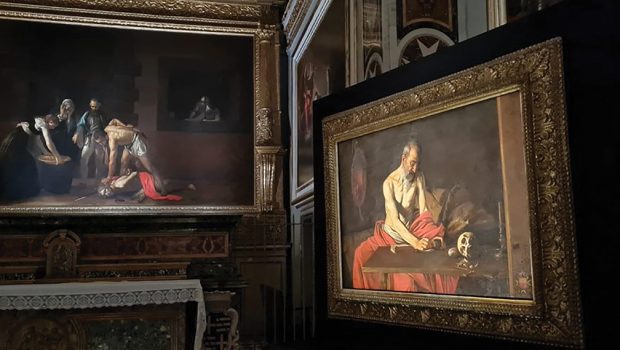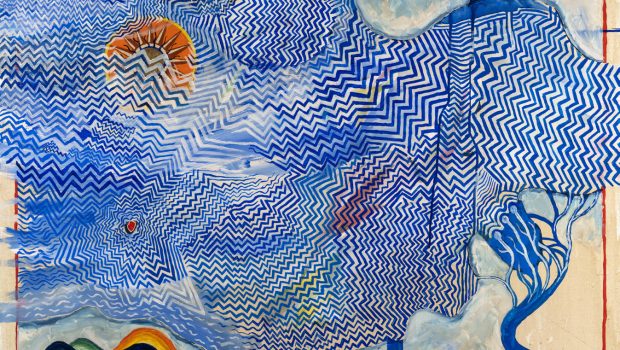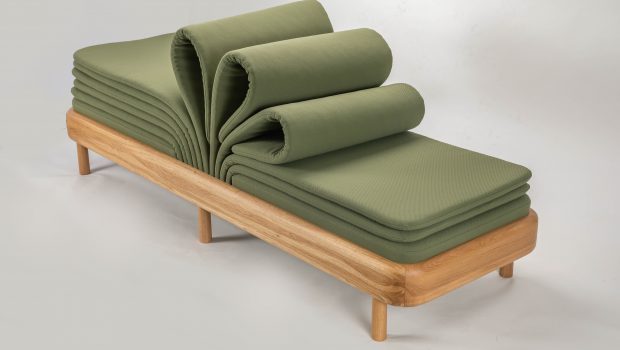Barnabas Ticha Muvhuti
Contemporary African art and artists are increasingly receiving wide attention and acclaim and are occupying the centre of the ever-expanding global art industry. One of the new developments in contemporary art in Africa, albeit controversial, is the opening last September of the Zeitz Museum of Contemporary Art Africa in Cape Town.
Among the visual artists from the continent gaining international prominence and recognition is the hard-working and talented Richard Mudariki, who was born in Chitungwiza, Zimbabwe. Mudariki’s interest in art began at a very young age and by his teens his curiosity and interest in making art led him to contact established artists and art teachers in Harare. He was wisely advised and has since succeeded in building a promising career of his own. His immigration to South Africa in 2010 took him from the periphery to the core of the art industry and provided him with the opportunities and support to launch a full-time career as a painter. He exhibits regularly in Cape Town and Harare and is showcased at art fairs in South Africa, the United States and Europe.
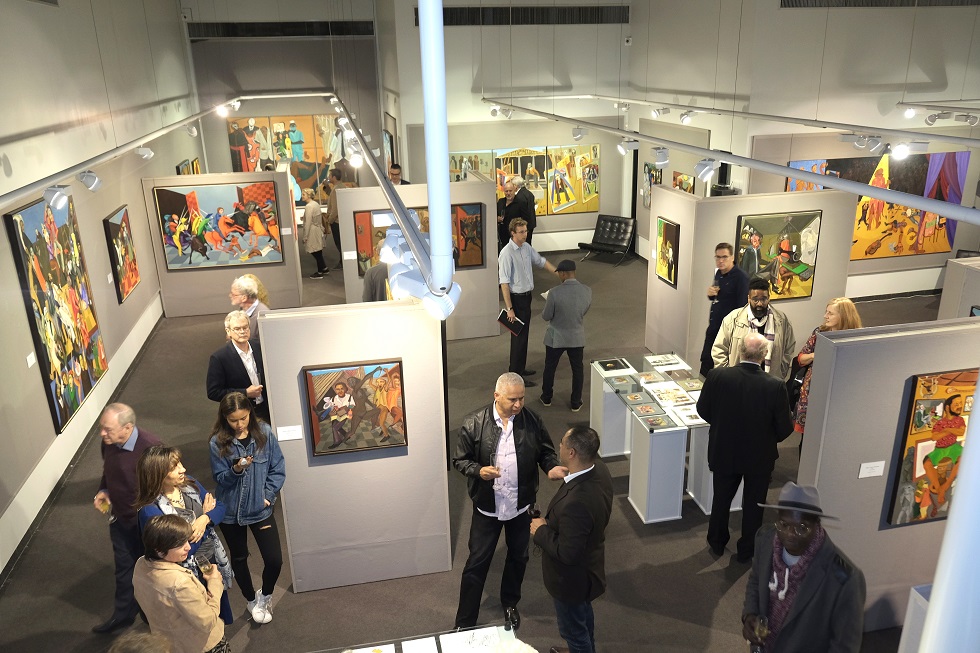
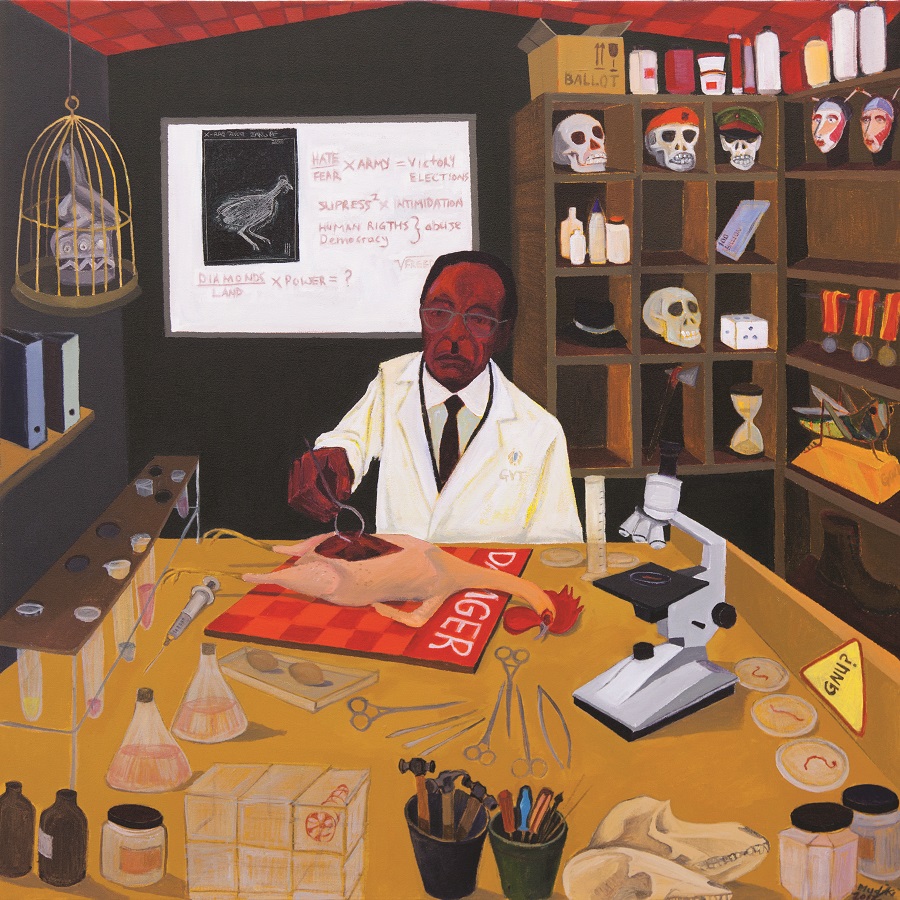
Recently, with the support of a private corporate, a travelling early career retrospective of his paintings, drawn from private and corporate collections, was held in South Africa. The exhibition was a unique opportunity to assess the development of Mudariki’s painting over time and travelled from Johannesburg to Cape Town over a period of five months. Entitled Mutara Wenguv’, in Shona (Mudariki’s mother tongue), which literally translates to ‘Line of time’ – and in this context – is an overview of his practice from 1999 to present, is loosely translated as ‘Timeline’. The Curator of Sanlam Corporate Art Collection and Head of the Sanlam Art Advisory Service, Stefan Hundt curated the exhibition.
Representative of a growing impetus towards figuration and social commentary in African painting, Mudariki’s works has been avidly collected in South Africa and is attracting attention in the United States, the United Kingdom and Europe. I had the pleasure of interviewing Mudariki at his studio in Cape Town following this successful exhibition.
You recently had a retrospective exhibition of your work at the Sanlam Art Gallery in South Africa. Can you tell us how this came about and what this means to you at such an early stage in your career?
The exhibition provided the opportunity to look at my career of 17 years. It showcased over 40 paintings borrowed from corporate and private collections as well as publications, exhibition catalogues, sketch books, artist letters and award certificates. It was a humbling experience to see the development of my work over time, starting with some of my first paintings – done in 1999 – to my current body of work.
The discussion on hosting this exhibition began with a meeting with the curator of the Sanlam Art Collection and Head of the Sanlam Art Advisory service, Stefan Hundt, who had been following my work for a few years. Having an organisation such as Sanlam to support and host such an event, in celebration of my work, gives me the added confidence to know that my commitment is being recognised, that what I am doing is important and gives me the energy to continue focusing on my creative efforts.
In 2016, you were awarded an Africa Centre Artist-in-Residency (AIR) Programme. Can you tell us about the experience and how you think a new environment helps in broadening your artistic perspective?
This was my first artist-in-residency, from October to December, 2016. The experience at Fountainhead – and in Miami in general – was in many ways unique. I was one of four visiting artists, along with Lauren Halsey from Los Angeles and Anthea Behm and Avi Alpert, both from New York). The residency provided me with the opportunity to be immersed in the international contemporary art scene, to create a new network of art professionals and to share ideas and knowledge with other creatives, along with the time and space to further my practice.
It was an interesting time to be in America, as it was during the time of the elections that resulted in Donald Trump being elected president. That environment provided the inspiration to create a body of work that interpreted the situation in America at that time from my perspective.
What is your relationship with politics, and why is it important for you to portray these – often contentious – figures in your work?
My relationship with politics is multi-dimensional, multi-faceted and, in a way, non-linear. I see politics as the complex relationship between a group of people – one that extends beyond state politics to include power relationships in a community, a company, a family, a school, a profession, etc. My work attempts to interpret this interplay among individuals in a group in a specific period – at times seeing it as a game in which the different characters try to influence one another or attempt to influence the majority to exercise their power. My recent body of work is looking at social media, how this technological advancement somehow impacts on modern society – access, freedom and control – and then looking at the politics of social media.
You have reflected on the socio-political situation over the past few years in your home country of Zimbabwe, where there has been a recent change in the political arrangement. What are your opinions on this change of power in your home country and are we likely to see paintings that critique this in your next body of work?
I do not see the recent events in my country of birth as being a change of power, but rather a change in political leadership. To put it another way, it is like a snake shedding its old skin. The new leader was a mentee of the former leader and the country still has the same political party and the same politicians.
The legacy of former president Robert Mugabe is quite a mixed one. On the one side he was a gallant freedom-fighter, pan-Africanist and advocate for the education and emancipation of the people of his country, but on the other he was a ruthless leader who caused hardship and the destruction of the social structure of the nation, made those who opposed him suffer and led to total economic destruction and hyper-inflation. However, one must not take away his belief in black emancipation from the background of slavery and Western colonisation in Africa and that black people can self-determine and can prosper on their own, given total access to their resources. I must say that, over the past 10 years, my work has interpreted and engaged with the political situation in Zimbabwe and will continue to interpret recent and future events.
The Zeitz Museum of Contemporary art Africa opened its doors in Cape Town in September 2017 and is arguably the most important art institution to open on the continent for more than a century. How do you think it will help in furthering the advancement and appreciation of art from the continent?
The opening of what is considered the first museum dedicated to contemporary art on the continent is undoubtedly a great move. Its architecture is cutting edge and the opening exhibitions showcased the best of contemporary art on the continent. For me, this institution is important in two ways: as an artist, it will create opportunities for artists to showcase major solo exhibitions without commercial pressure and establish credibility and as a student of cultural heritage and museology, I see it taking the crucial role of preserving our artistic heritage, making provisions for our cultural artefacts to remain on the continent and, most importantly, allowing Africans to write their own art history.
Describe your experience exhibiting and working in South Africa
This will be the fifth time I have shown my work at the Cape Town Art Fair. I will be presented by my local gallery, Barnard Gallery, and I will be exhibiting a painting from my recent body of work that engages with the current topical issue of the economy.
My experience of working and exhibiting in South Africa, l can say that it has been positive. I feel that, in the context of the African continent, the South African art world has been much more mature and robust, despite a comparatively small but growing collector base. However, like any other industry, it has had its own challenges of finding and maintaining a healthy relationship with the market forces such as galleries, curator, dealers and collectors.
Barnabas Ticha Muvhuti is a writer and research assistant at the Centre for Curating the Archive, Michaelis School of Fine Art, University of Cape Town.

